When Brazilian photojournalist Felipe Fittipaldi moved to Vancouver in late January, he was ready for anything except a pandemic.
“I didn’t know much about Vancouver yet,” says the Rio de Janeiro native. “Then, only a few weeks later, I found myself stuck at home.”
The lockdown quickly put a damper on his plans to explore the city. Luckily, Fittipaldi and his partner had chosen to settle in the West End, a neighbourhood that provided them ample opportunity to get outdoors safely.
Stanley Park soon became a daily haven. “You can see it from our window,” said Fittipaldi. “It became kind of like my refuge outside my home. It was the safest place to go outside.”
The photographer began documenting his walks through the park’s forest — the way the sunlight would hit the trees at a particular hour of the afternoon, the eerie silence of a once-bustling basketball court, other people also out on their own, finding quiet solace in the stillness of nature.
The resulting images capture a meditative slice of Vancouver’s early days with COVID-19. Fittipaldi spoke with The Tyee about the process and intention behind them. We’ve edited it for length and clarity.
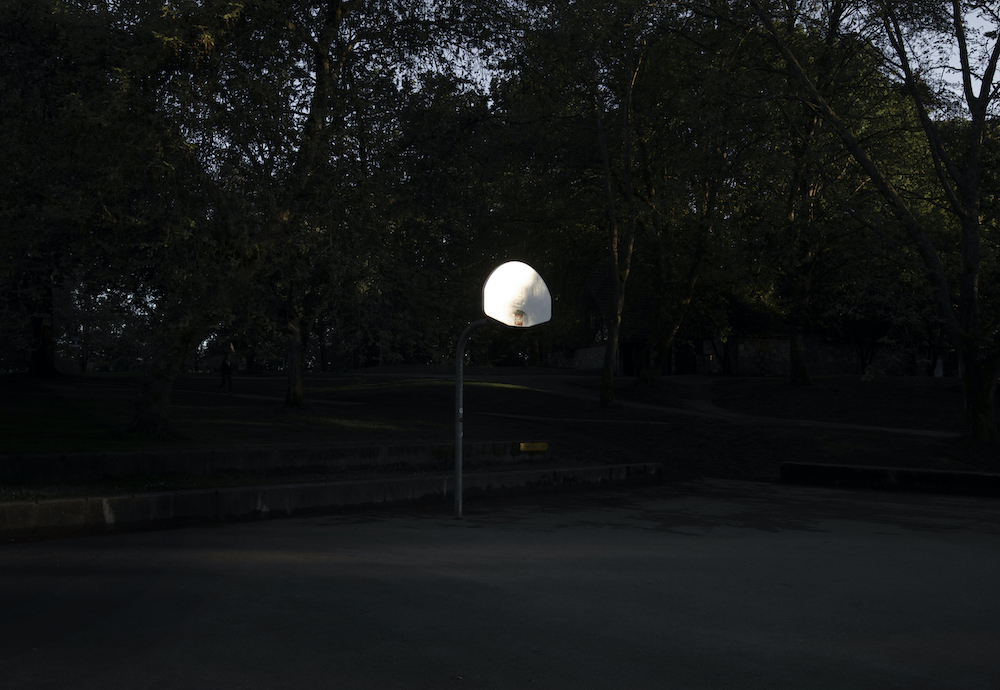
Why did you choose to start photographing in the park?
Fittipaldi: I’m very into nature; it’s one of the reasons we moved close to Stanley Park, because I love to be in the woods. I travelled to New York not too long ago, and in Manhattan they have Central Park, which is great; it’s amazing to have that big park in the middle of the city. But Stanley Park is different from Central Park, because as you get to the centre you don’t feel like you’re in the city anymore, and you’re still very close to downtown. For me, that was amazing. I’d never seen something like that in a big city.
Before the pandemic, Stanley Park was a place for exercise, for solace, but it was also a place for social interaction. There would be people in the grass, having barbecues, playing team sports and getting together for a beer. But during the pandemic Stanley Park was not a place for social interaction anymore. With all the social distance measures, they closed the cafes and the roads. So the park was, for us, in the beginning, a place for social interaction and to get to know people. And then, during the pandemic, it was more a place for solitude. To be on your own in the woods, to meditate, to be with yourself, to interact in a different way with the park, to make a connection with nature — at least that’s how it was for me. And when I started shooting, I could feel that other people were dealing with the park in the same way.
When you get inside Stanley Park, it doesn’t feel like a pandemic anymore. You can social distance from everybody else. You are free to walk without a mask because nobody’s around. You can get into the woods so deeply that it felt like an escape from the nightmare that we were living here in Vancouver, especially in the first weeks of the lockdown, when you would walk in the downtown streets and it was like a ghost city.
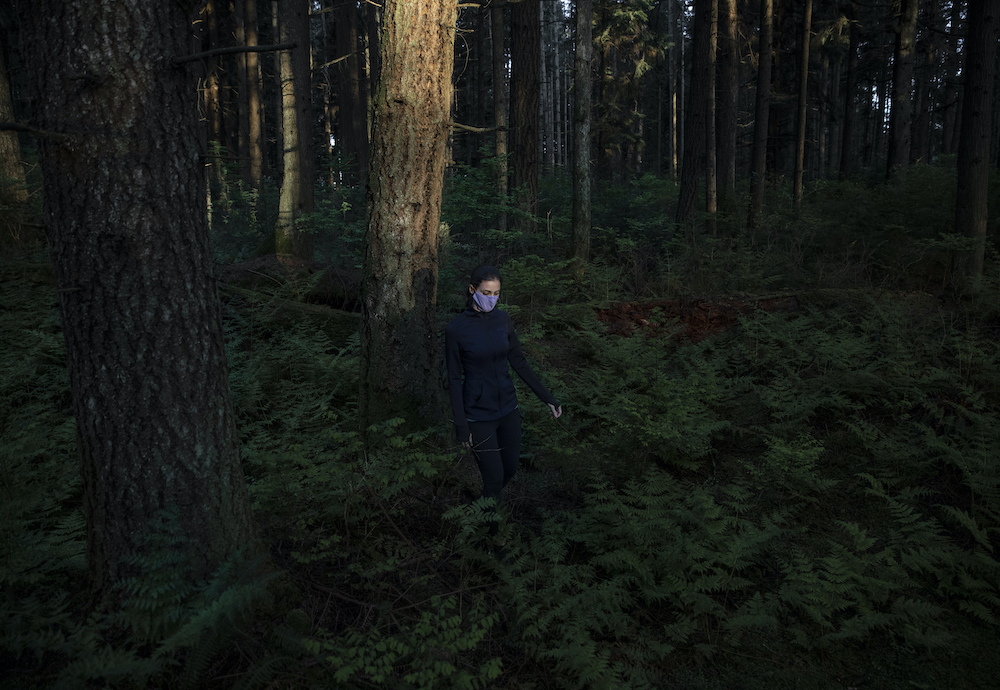
Looking at the photo of the woman who is walking through the forest, off the path, with a mask on — it’s so striking because it’s something that is so odd, considering how life was before the pandemic. I feel like there is something about the photos that really speaks to this moment that we’re all living through.
That’s the main thing about the essay, I think, because it’s how I was feeling as well. My wife and I made plans to move here and we got here in the middle of this crazy pandemic. When I was in Stanley Park, it was a time that I was on my own; it was a time to think about things that normally you don’t have time in your daily life to think about. I would just go to Stanley Park and think about my life, my past, think about my future….
So that’s kind of the theme of solitude in the images, the contrasts, the feeling you have with the people on their own, it was intentional because it was the way I was feeling about the pandemic and how I was dealing with it. It helped me to process everything.
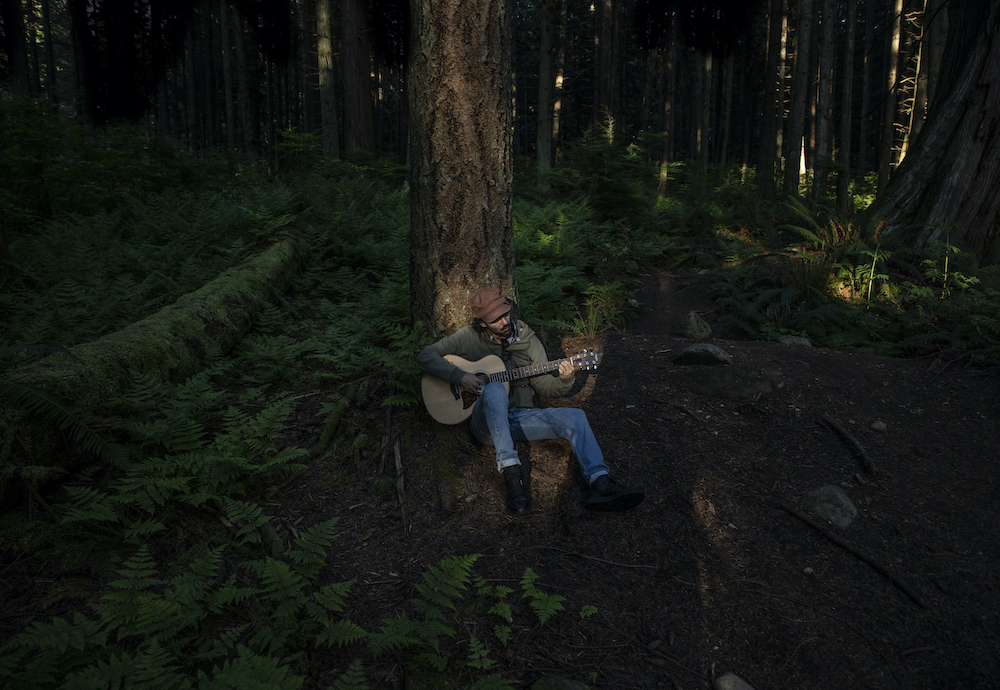
Have you been continuing to visit the park over these last few weeks? What has changed?
Everything is changing now except for the roads [which are still partly closed to vehicles]. A lot of coffee shops and facilities are still closed but a lot of people are socializing — barbecues and stuff. The basketball court where I used to play reopened two weeks ago. It’s full of people now, everybody’s playing. We’ll have to see what happens — if we have a second round of the virus — but it seems like things are getting back to normal now.
Have you continued photographing now that things are opening up again?
No, for the last two weeks I haven’t been shooting. But if I see something interesting, then I’ll definitely take my camera and shoot it. I am still exploring the park; I haven’t seen every part of it yet. If I find something really interesting, I would like to expand the essay, even though we are in a totally different stage of the outbreak right now.
The photo essay is a very personal work. It’s not a journalistic work, but more personal, artistic. I think it’s about how important it is to have green space in urban areas, and the coronavirus pandemic is an amazing opportunity for us to think about that.
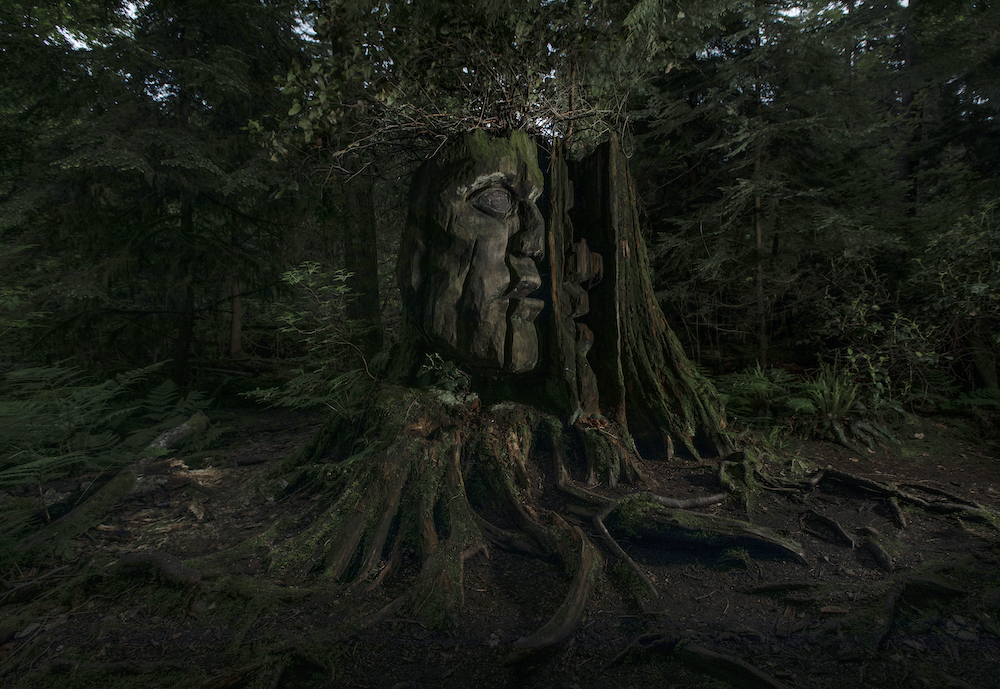
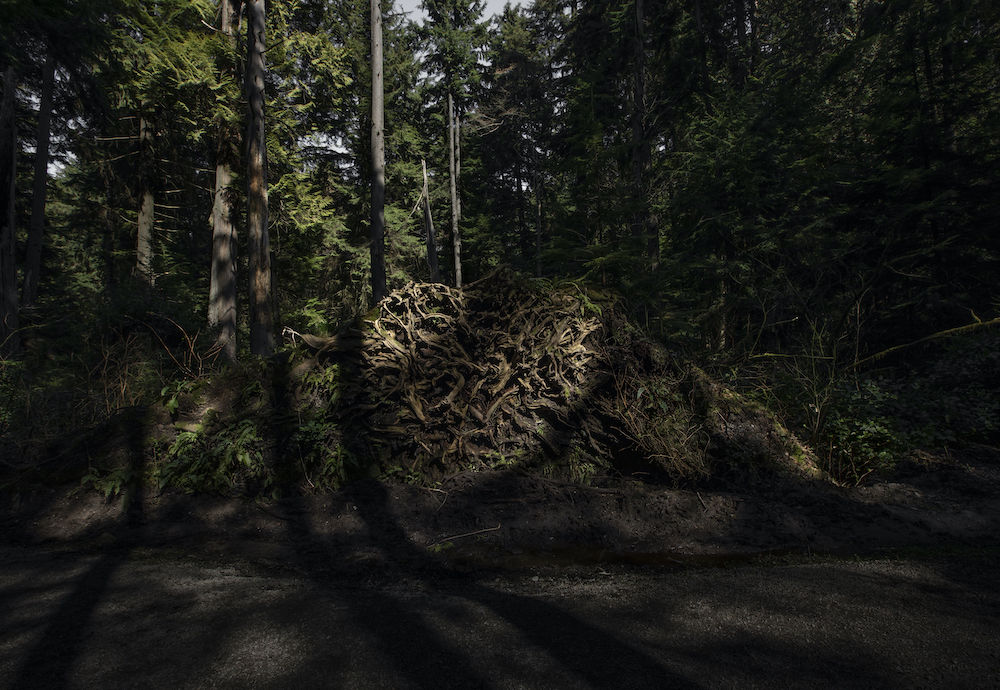
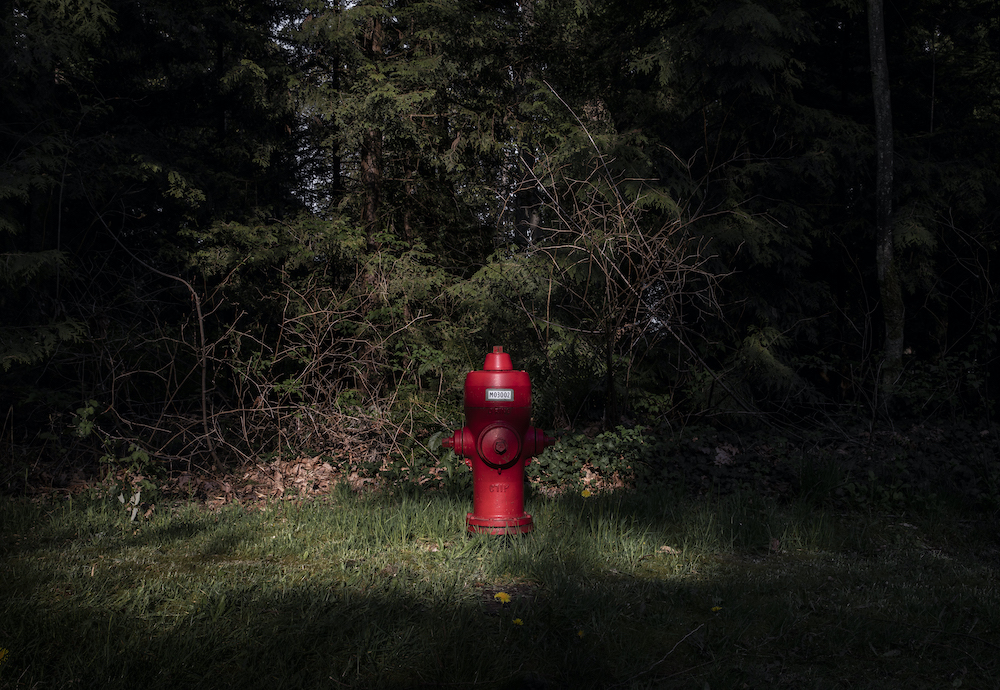
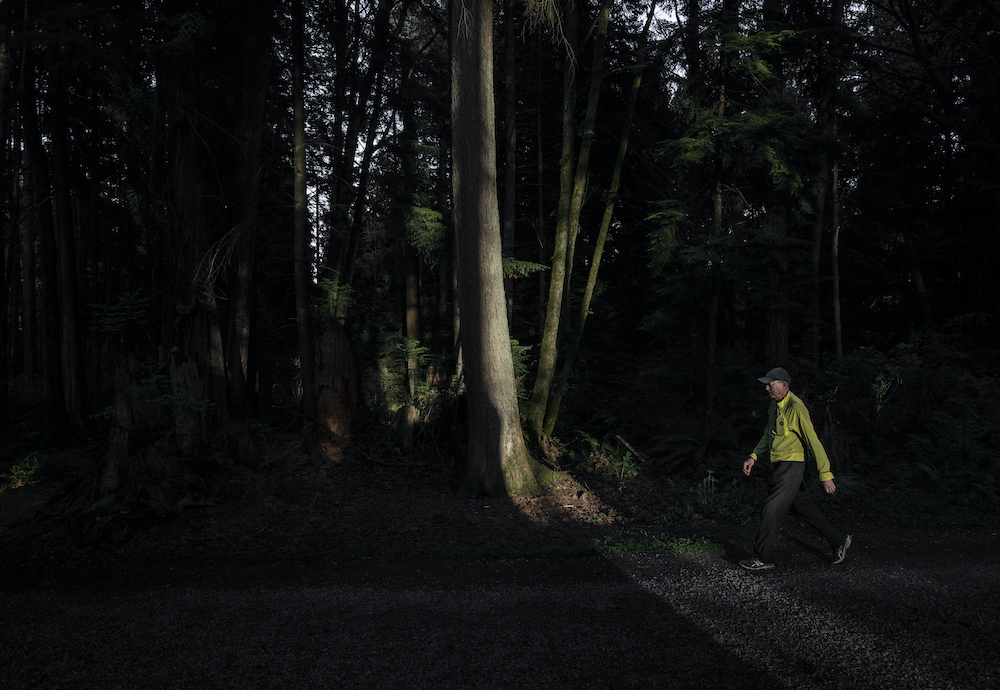
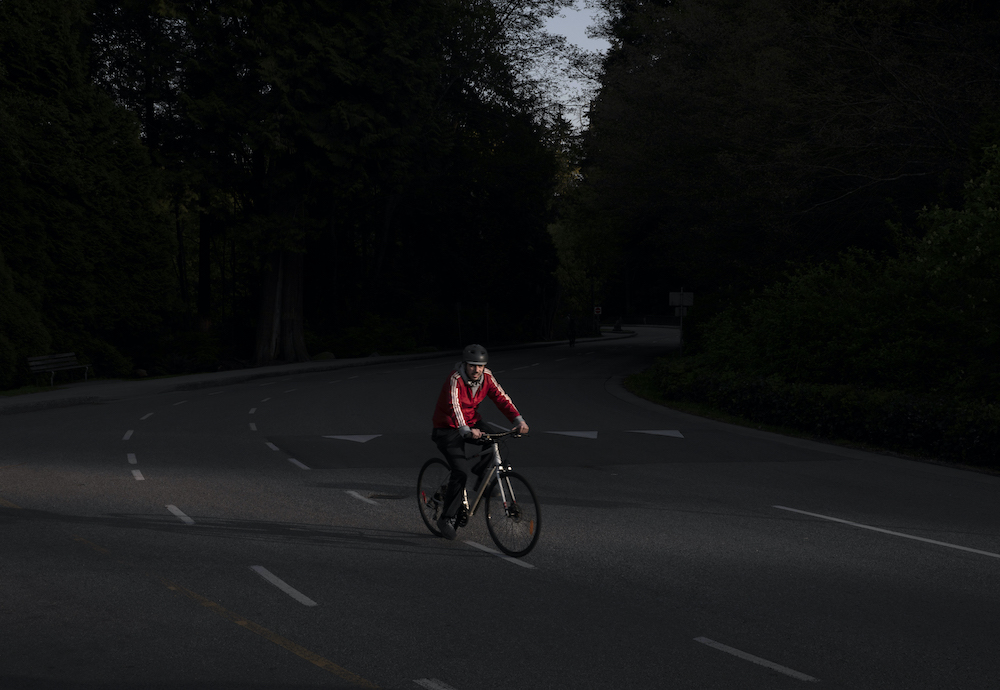
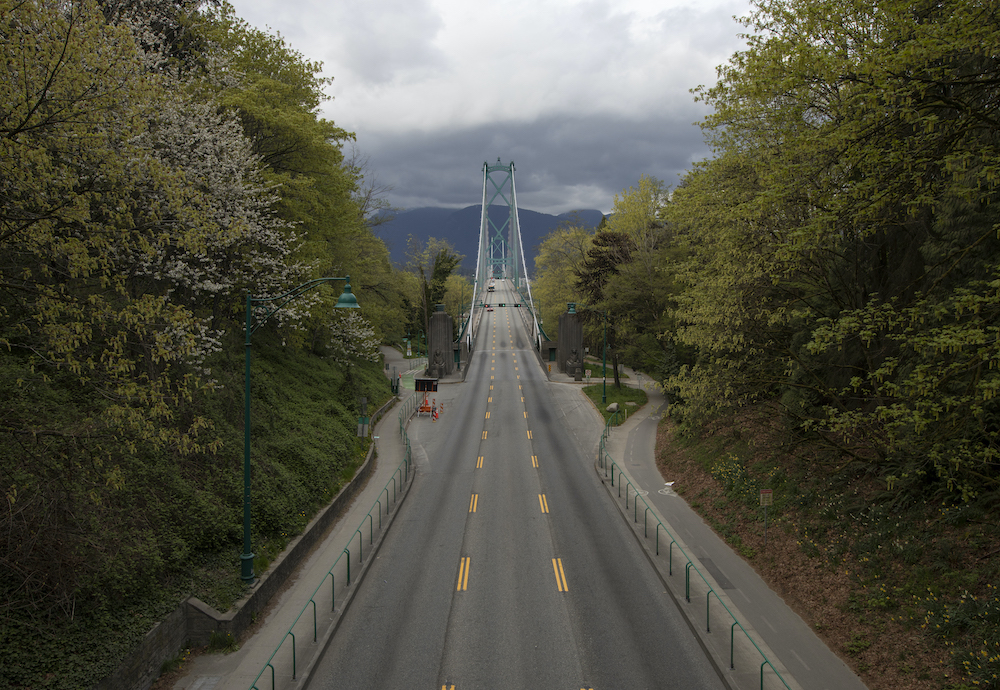
Read more: Coronavirus, Photo Essays
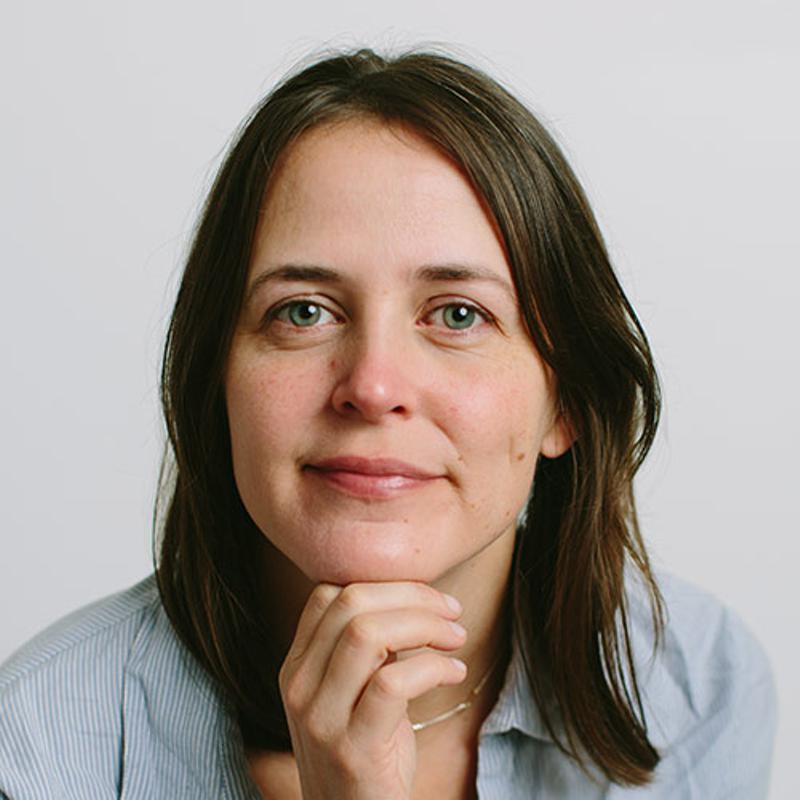

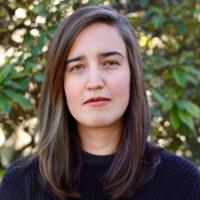
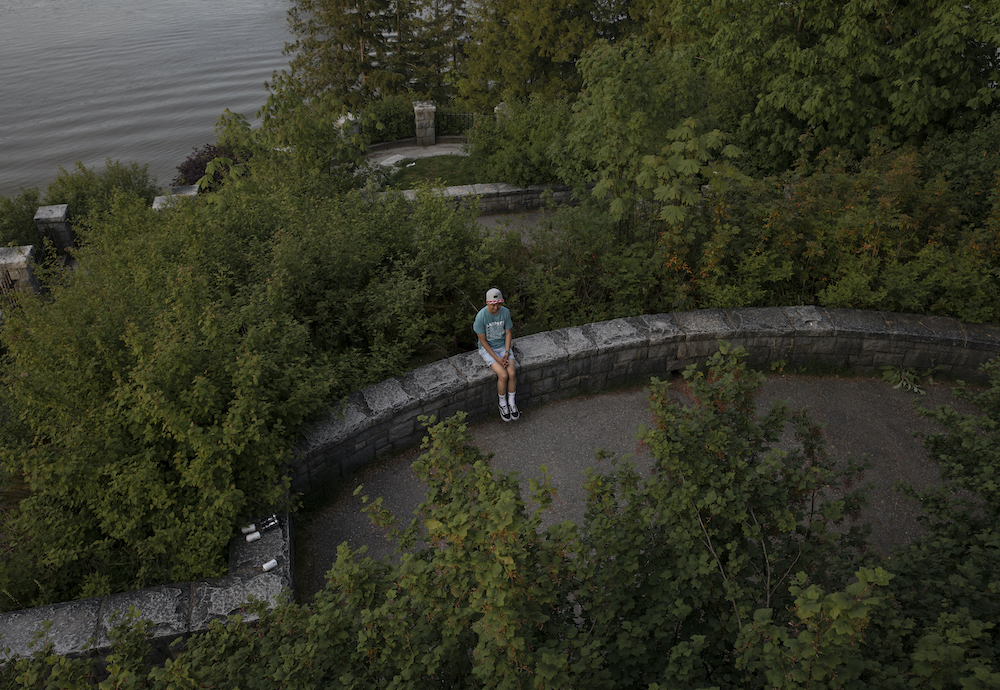
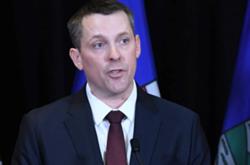
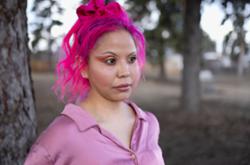
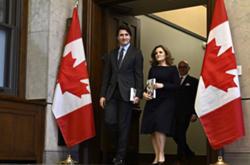
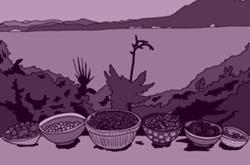

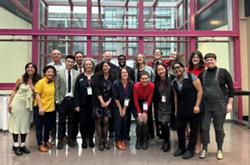
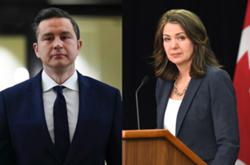
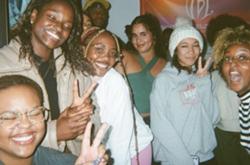

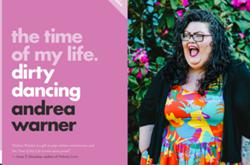

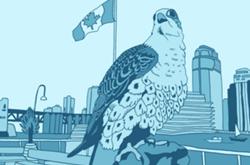
Tyee Commenting Guidelines
Comments that violate guidelines risk being deleted, and violations may result in a temporary or permanent user ban. Maintain the spirit of good conversation to stay in the discussion.
*Please note The Tyee is not a forum for spreading misinformation about COVID-19, denying its existence or minimizing its risk to public health.
Do:
Do not: